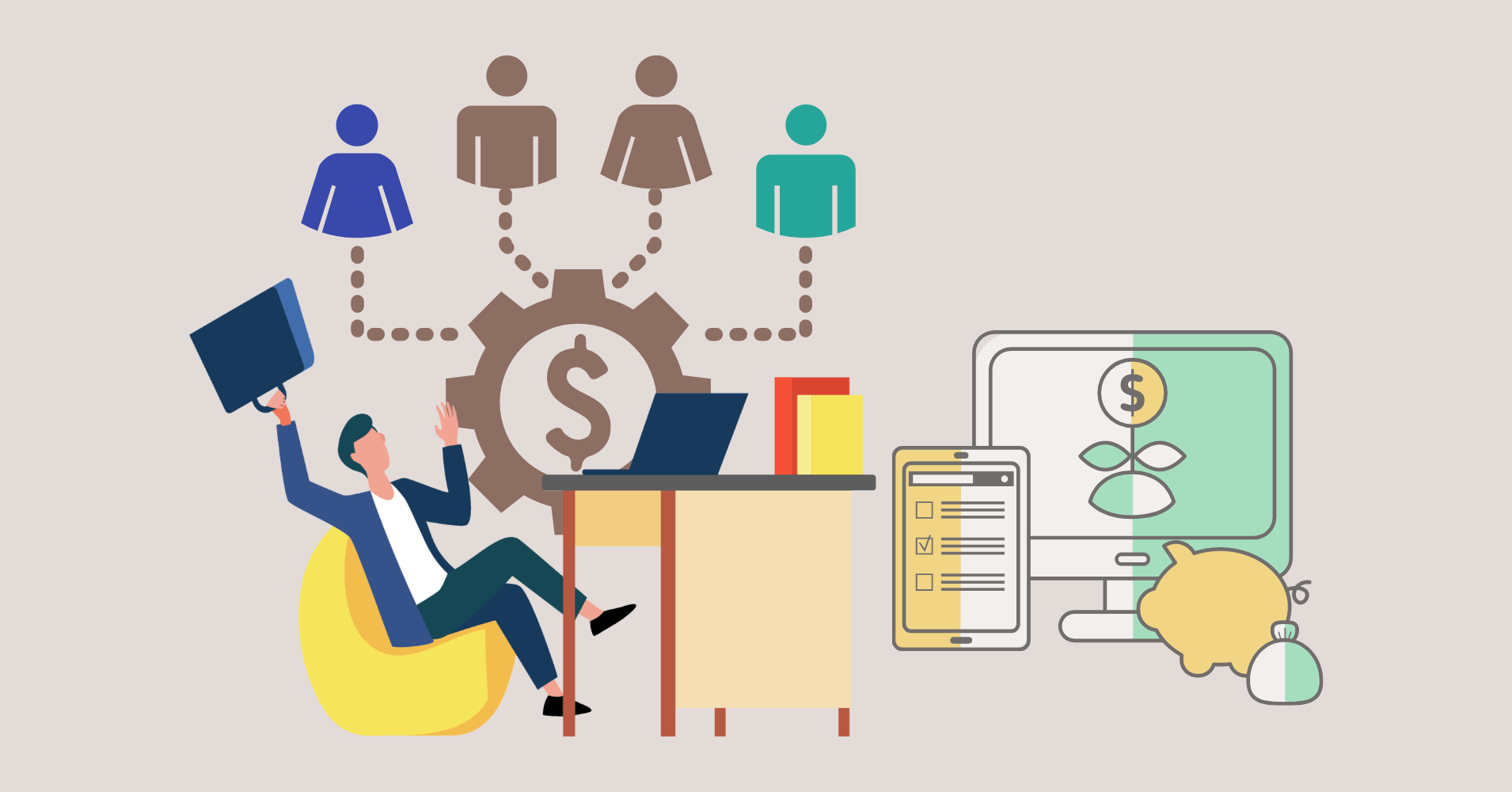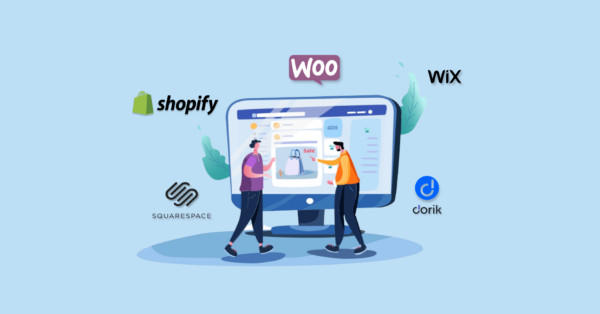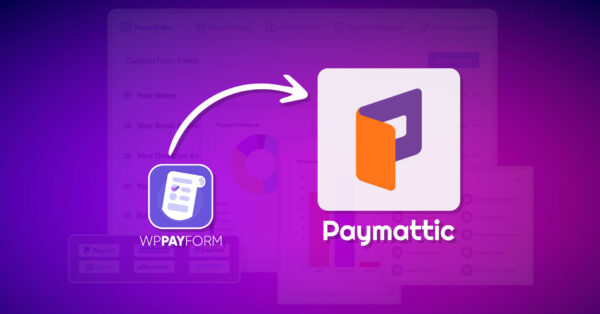Any business in the world would want to maximize profit from their products or services. And every customer would like to pay less. Is it possible to achieve both? Most certainly, no. However, the recurring billing system can create a balance between the desires of both sides!
This article explains why and how this new-generation payment model is a balanced billing system.
Let’s start from scratch!
What is recurring billing?
Recurring billing is a model for taking payment that allows you to accept a large amount in multiple installments. It’s a payment model that allows a merchant to charge a customer for goods or services on a predetermined schedule.
Although the model was initially developed for subscription-based businesses, many physical product sellers are also adapting the subscription billing system.
Why? Because this model creates a win-win situation for both customers and businesses.
Why is it a win-win billing system?
Nowadays, some companies offer products in installments, and some provide subscription-based services to ensure stable earnings. Recurring billing aligns with every business objective because steady cash flow helps make confident business decisions.
How?
Most businesses have similar objectives.
When you first establish a business, you’d try to survive. After passing the survival stage, you’d want to balance your income and expenses to make a profit.
When you’re making a fair amount of profits, you’d love to maximize it. And once you have a fully grown mature business, you’d want to ensure financial and non-financial security. That’s how business goals change with time, right?
Regardless of what business stage you’re in, a steady cash flow helps you make decisions backed by your organization’s financial capability.
On the other hand, paying a large amount of cash can hit your customers’ wallets hard. By enabling them to settle in small portions, you can make their lives easier.
Talking about maximizing your business’s growth potential and making your customer’s lives easier, CRM is the ultimate tool for doing so. You can find new leads, nurture them better, turn them into customers, and manage customer relationships better to grow your business like never before! And if you’re running an eCommerce on WordPress, we got good news for you. Go ahead and check out FluentCRM – A CRM and marketing automation plugin for WordPress.
Customers wouldn’t mind paying as long as the prices are reasonable. And recurring payments ensure stable earnings, making this model a win-win billing model for any business.
But that’s not all. Recurring billing comes with several other benefits for both customers and businesses. After all, better flexibility or better cash flow isn’t enough to force companies to change their billing method.
Advantages of recurring billing for businesses
We’ve already demonstrated how recurring billing ensures a steady cash flow in a business. Apart from tremendous financial advantages, subscription billing comes with unique benefits for a business.
Back in February, Nissan joined the ranks of carmakers that provide a subscription service in the US. A path that was first shown by Hyundai.
“In 2017, Hyundai enabled recurring payments for their IONIQ fully electric hatchback car through a 36-month installment plan. They mentioned this payment model as a transparent and stress-free way to purchase a vehicle. Fortunately, the simplicity of this model converted many uncertain buyers!”
Similarly, there are more advantages to a subscription billing method that are mentioned below:
1. Increase conversion
Your business revolves around your customers, and they should be able to cash on your products or services. But if your product or service costs something over $1000, your customers will need to spend more time thinking about whether they need your service or not, or if they need the service at the moment or not!
The recurring payment can be a blessing for your business if you’re running a subscription-based service or selling an expensive product.
You can offer to pay in split payments and give them the freedom to spend without pressurizing their monthly budget, increasing your business’s conversion rate along the way.
2. Saves time and money
The recurring billing model is naturally a “start-and-forget” payment method. Once the customer gives his consent for paying, you can automate the billing process and collect payments seamlessly.
Recurring billing software can track subscriptions, payment information, schedule payments, send invoices, and retry missed payments without getting checked. This sets the path for a time-saving billing system that can run without any administrative costs.
3. Seamless payment system
A typical billing system requires businesses to reach out to their customers for payments, increasing the possibility of missed and late payments. On the other hand, a recurring payment system makes payments seamless.
Businesses can relax on autopilot while a subscription billing software collects payments from customers.
4. Customer retention
Since the recurring payment processing is seamless, payments are entirely out of the customer’s mind while enjoying the service or product. As a flexible payment model, it doesn’t stretch the customer’s budget.
Besides, businesses can modify the billing system to take a down payment from the customers to increase customer retention. For example, most internet providers in the UK use a subscription billing system for taking bills. Once the customer starts a contract, they tend to remain with the existing provider to avoid the substantial expenditure and additional steps associated with a new deal.
5. Avoiding Payment Conversations
The recurring payment system is a no-talk billing model. Once the terms are set, you don’t have to contact your customer, or they don’t have to get back to you to make payments. This allows you to focus on product/service-related conversations with your customers rather than engaging with them for a payment conversation.
6. Revenue prediction
Apart from better cash flow, the recurring billing model allows you to predict how much revenue you can expect after a certain period. Since you’ll have a financial overview, you can plan ahead of time and make better business decisions.
7. Reliable payment gateways available
The payment gateway is vital for both customers and businesses. A reliable, economical payment gateway helps reduce payment costs and increases conversion.
Most payment gateways support recurring billing. However, if you use a recurring payment solution, you must check whether the solution supports your desired payment gateway.
8. Better payment security
When a customer gives you his consent for taking recurring payments, they essentially give you their payment details. Fortunately, recurring billing solutions are safe and secure. They are mostly PCI compliant (which is hard to get on your own) and ensures a better user experience, making recurring billing a reliable payment system.
Apart from these, recurring billing software also helps you track customer payments, send invoices, and see financial reports that can help you in many ways. You’ll enjoy enormous advantages that can improve your overall business experience and give yourself tremendous financial and non-financial privilege by enabling recurring payments.
Advantages of recurring payments for customers
Most businesses often forget how their payment system will impact their customers. Customers keep businesses alive, and they must be provided with the highest facility a company can offer. A recurring billing system comes with extraordinary advantages for customers too.
Here are the advantages of enabling recurring payments for the customers:
1. Focuses on customer’s needs
The recurring payment system focuses on breaking the cost of the product and services into small parts. That way, it becomes a budget-friendly solution for the customers. They can pay a significant amount over an extended period without stretching their monthly budget. So no matter the cost, the recurring payment system allows customers to choose a budget-friendly payment system.
2. Set-and-forget
Once a customer opts-in for a recurring billing system, he/she does not need to travel back to your website to make the next payment(s). The system is entirely automatic and allows customers to enjoy the service/product without interruptions.
3. Avoid late fees
Forgetting is common human nature. Often, we’ve seen customers forget their payments because they didn’t have time to check their emails for invoices. Sometimes this incurs hefty late fees for the consumers.
A recurring billing system is seamless. It minimizes the chance of facing a late fee due to forgetting by setting up seamless payments in advance.
4. Flexibility
Many recurring billing systems allow customers to choose between multiple payment plans. The customers can choose any plan according to their needs and budget. Besides, some companies also allow their customers to opt-out of the service instantly. So a recurring billing system offers better flexibility for customers.
5. Saves Time
Service-based businesses often require customers to make payments before and after specific service periods. For this reason, customers have to get back again and again to make payments. And every time, this process takes time out of their schedule.
On the other hand, a recurring billing system allows customers to enjoy a set-and-forget payment system, saving a lot of time.
In a nutshell, the model we’re talking about has significant advantages for both business and customers. And several industries are benefiting from this new age billing model.
Industries benefiting most from recurring billing
Traditionally, subscription-based businesses have benefited most from the recurring billing model. This includes insurance, mobile operators, streaming services, fitness and wellbeing industries.
However, nowadays, retails industries are also taking advantage of recurring billing. With that being said, let’s take a deeper look into the industries that are benefiting most from recurring billing.
1. Fitness and wellbeing industry
The fitness industry has always benefitted from a subscription billing model. It was limited to gym memberships, but not anymore.
Thanks to thousands of fitness and wellness influencers on social media and the web, the industry is growing day by day. It’s hard to resist the appeal of fitness supplements or home workout materials. And if you’re a fan of wellbeing services such as SPA and body care, they are also on the recurring billing model!
Recurring billing has just added a flexible dimension to the already exploding industries that will expand into hundreds of micro-niches!
2. Digital services and software industry
The digital services and software industry is growing faster than ever. It’s a huge industry that will only expand. And believe it or not, over 80% of digital services and software utilize a subscription-based billing system. And no, we’re not only talking about web development or software; this includes streaming, gaming, and mobile apps, and many more!
3. Food industry
The food industry quickly adopted the recurring billing system once catering services became widespread. With many offices being established almost everywhere, meal boxes and food deliveries became a need for most singles and even the married ones. Similarly, grocery supplies can benefit from recurring billing when the demand becomes scalable.
4. Education Industry
Education has always been one of the fundamentals of people’s lives. With the internet becoming more and more accessible, online education has become one of the most popular learning methods. And the flexibility that a subscription billing in online education ensures helps learners learn without putting much pressure on their wallets.
One can choose their desired course and start learning right away. Besides, the wide variety of topics online course providers offer opens up unlimited possibilities for the students!
5. Retail industry
The retail industry is quickly adapting to the recurring billing model. With loads of products being added to the industry now and then, recurring billing has provided flexibility and focused on the customer’s needs. On the other hand, predicting revenue and better managing inventory have equipped retailers with excellent facilities. And not just that, recurring payments have increased conversion drastically, simply because decision-making is more comfortable in split payments than deciding to pay all at once.
The bottom line is, that recurring billing is getting popular, and for all the right reasons!
Is there any downside to recurring billing?
Till now, we’ve only discussed the benefits. But as they say, advantages come with disadvantages. In this case, we’d like to call them challenges.
Indeed, changing your billing method is a challenge. You wouldn’t want to hurt your business or customer by adopting a new billing method. That would be digging a hole for yourself while the idea was to reach new heights.
The first challenge is pretty apparent, adaptability. Although a recurring payment method is pretty flexible, sometimes the flexibility isn’t required. That makes it extremely important to understand your business and whether you truly need a more flexible billing method.
Apart from adaptability, there are a few other challenges that we’d like you to know.
1. Customer data management & Security
The recurring billing model requires you to take and manage customer data. Your customers will give their general and payment details for completing the purchase. But before they do so, they must be assured that the data won’t be compromised.
Both your website and payment solution should feel like a safe haven for the users. A missing SSL certificate on your website means that you don’t take your website’s security seriously. Similarly, a payment solution that isn’t PCI compliant or SCA (Strong Customer Authentication) supported can mean that you don’t take your customer’s data protection seriously. And these things can hurt your business’s conversion.
You’ll have to ensure that the data is being kept safe, and your customers can opt into recurring billing without hesitation.
2. Billing method’s suitability with product/service
Again, your business should have a suitable product or service to align with the subscription payment model. If you’re offering a product that isn’t overly “priced” or isn’t suited to subscription billing somehow, it would be wise to stay with a one-off billing system.
A business like ours offers software products, and we’d like to keep payment methods open for everyone. That’s why we allow the customers to pay in split payments or a one-off payment. So our suggestion is to adapt to both payment models if your product supports it!
3. Billing frequency
Every business aims to grow, and your business should do the same. Of course, recurring billing offers customers “flexibility.” At the same time, your business deserves the right cash flow. That’s where the challenge arises.
The easiest route is not to over-stretch your customer’s budget; that would be a bad practice for conversion. Once you’ve done that, billing frequency comes into play, which is done through your billing software. The software should equip you to take payments weekly, monthly, quarterly, semi-annually, annually, or as required by your organization.
4. Failed transaction management
It’s hard to imagine smooth cash flow when you are opting for a recurring payment model. Transactions can fall apart for several reasons. The most frequent cause can be no or less amount in the client’s account.
Unless you have only 20-30 customers, managing those failed transactions can be extremely frustrating. However, recurring billing software enables users to charge customers when possible automatically.
5. Price plan management
Price plan management falls partially under the product suitability challenges. Software and services often limit services and features based on price plans, making them affordable for customers. However, managing multiple pricing plans while you’re following a recurring billing system can be rather complicated.
To sum up, your billing software should suit your products, automate transactions, let you create, manage, or change pricing plans, and offer a secured payment processing system.
Bottom line
Adapting to something newer is difficult. With the added challenges recurring billing may bring, it may seem daunting. But if your recurring billing software can help you thrive under the challenges, adapting to recurring billing can be a blessing. It is an obvious choice if you want a seamless, flexible, high-converting, and user-centric payment method.
Are you an eCommerce looking to accept subscription payments on WordPress? You can easily set up recurring billing with Paymattic! It’s an awesome payments plugin for WordPress that comes with an excellent, secured payment processing system, recurring billing, invoicing, and multiple payment gateways!
Paymattic
Stripe & PayPal Payments Made Simpler With Subscriptions Payments & Other Powerful Features
With that being said, we believe you’ll be able to reconsider your billing system if you’re not satisfied with your existing payment model. Have a good day and ciao!
To learn some excellent WordPress tips and tricks every week, subscribe to our YouTube channel. Also, don’t forget to follow us on Twitter and Facebook!




